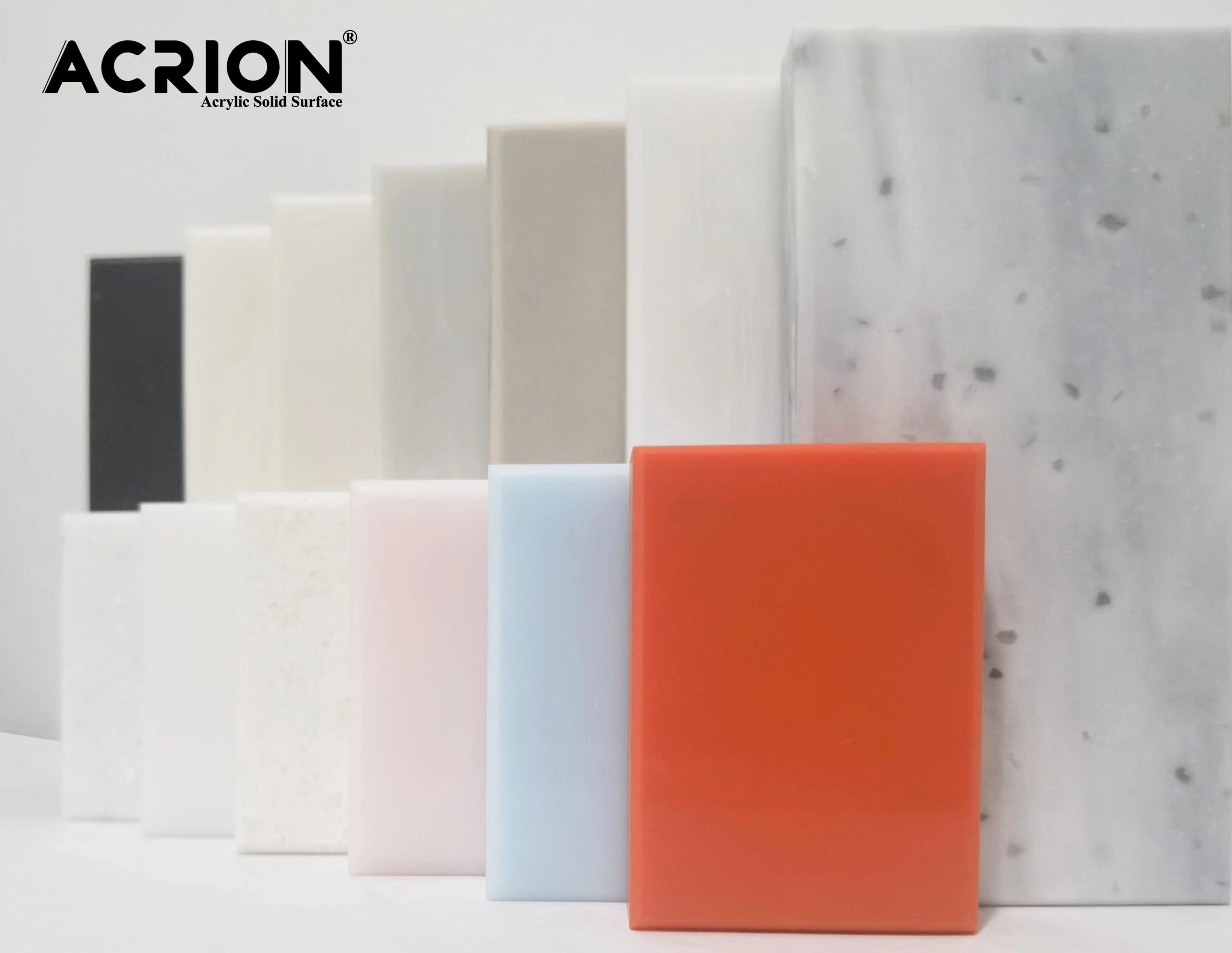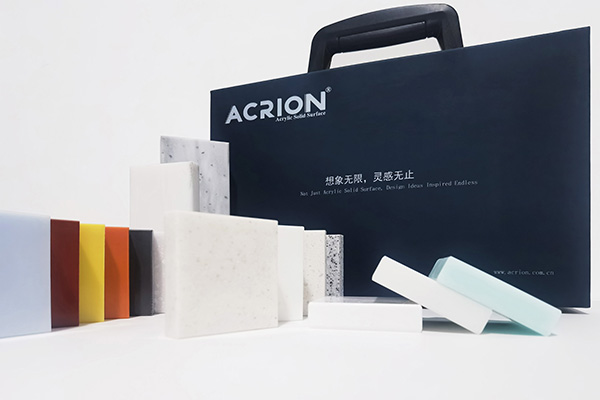Phương pháp kiểm tra hiệu suất chống vết bẩn của mặt bàn Acrion thường bao gồm các bước và các điểm chính sau:
Các bước kiểm tra
Chọn tài liệu kiểm tra:
Chuẩn bị các mẫu mặt bàn Acrion và đảm bảo rằng bề mặt của mẫu phẳng và không có khuyết tật.
Xác định các chất ô nhiễm:
Chọn các vết bẩn nhà bếp thông thường để thử nghiệm, chẳng hạn như nước tương, dấu dầu, dầu nấu, dầu ớt, nước tương sẫm màu, nước tương nhẹ, cà phê, iodophor, v.v ... Những vết bẩn này mô phỏng các tình huống ô nhiễm khác nhau có thể gặp trong môi trường nhà bếp.
Quá trình ô nhiễm mô phỏng:
Đổ các chất gây ô nhiễm đã chọn vào các mẫu trên mặt bàn Acrion và để yên trong một khoảng thời gian (chẳng hạn như 24 giờ) để mô phỏng tình trạng ô nhiễm trong sử dụng thực tế.
Đánh giá mức độ khó của việc loại bỏ chất ô nhiễm:
Cố gắng loại bỏ vết bẩn bằng chất tẩy rửa nhẹ (như nước xà phòng hoặc chất tẩy rửa dựa trên amoniac) và vải mềm.
Quan sát và ghi lại việc loại bỏ các vết bẩn, bao gồm cả việc có bất kỳ dấu hiệu nào còn lại hay không và liệu có cần phải làm sạch nhiều.
Kiểm tra các điểm và phân tích chính
Hiệu suất chống bốc cháy:
Trong các thử nghiệm, mặt bàn Acrion thường thể hiện khả năng chống bám bẩn rất mạnh. Ví dụ, sau khi bôi các vết bẩn cứng đầu như nước tương hoặc bút đánh dấu bằng dầu, chỉ cần làm sạch đơn giản, các vết bẩn thường có thể dễ dàng được loại bỏ mà không để lại dấu vết rõ ràng.
Mặt bàn Acrion áp dụng thiết kế cấu trúc mật độ cao và không có lỗ rỗng, ngăn chặn hiệu quả các vết bẩn xâm nhập. Bề mặt của nó đã trải qua quá trình xử lý đặc biệt để tạo thành một lớp bảo vệ dày đặc, khiến các vết bẩn khó để lại dấu vết trên bề mặt.
Thuận tiện của việc dọn dẹp
Ngay cả khi xử lý các vết bẩn cứng đầu, mặt bàn Acrion có thể được loại bỏ dễ dàng chỉ bằng chất tẩy rửa nhẹ và vải mềm, giúp đơn giản hóa đáng kể quá trình làm sạch.
Độ bền
Sau thời gian dài sử dụng, mặt bàn Acrion vẫn có thể duy trì khả năng chống bám bẩn tốt và không dễ bị bạc màu hay hư hỏng do vết bẩn xâm nhập.



